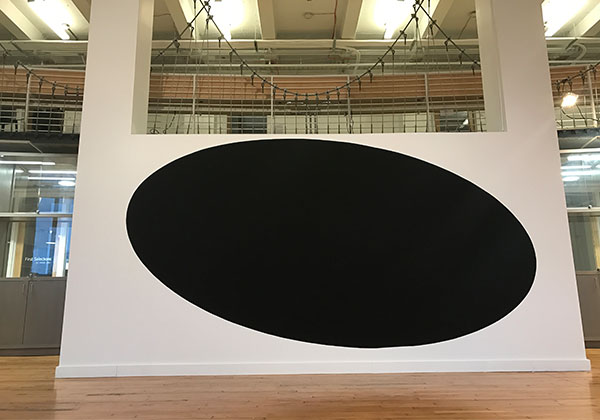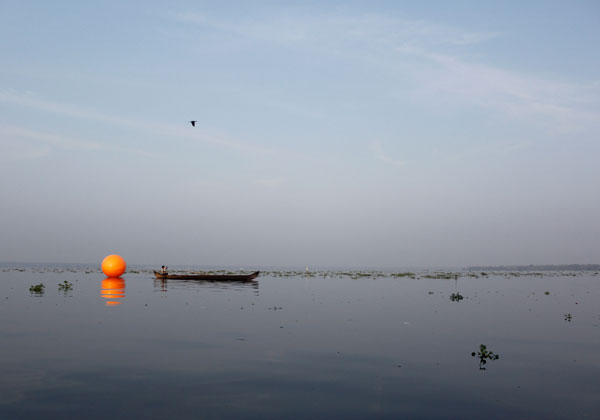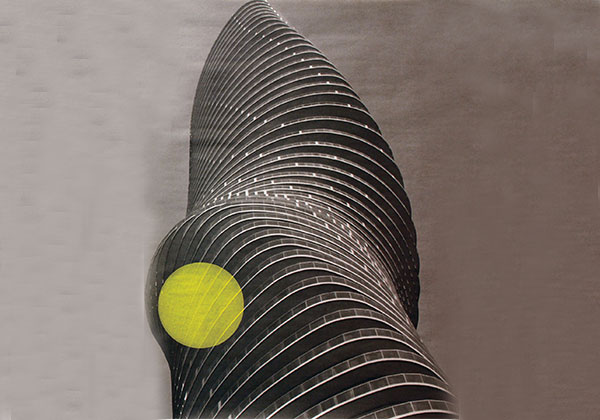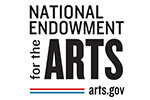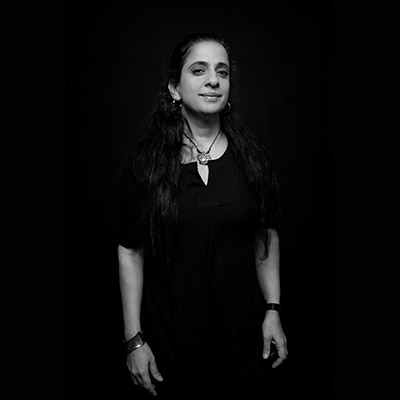
Avantika Bawa lives and works in Portland, Oregon. Originally from New Delhi, India, she received an MFA in Painting from the School of the Art Institute of Chicago and a BFA in the same from the Maharaja Sayajirao University, Baroda, India.
She has participated in numerous residencies that include the Skowhegan School of Painting and Sculpture, ME; Ucross Foundation, WY; MacDowell, NH; Kochi Biennial Foundation, India, Nes Artist Residency, Iceland, and most recently Iris Projects and Yucca Valley Material Lab, CA. Noteworthy solo exhibits include shows at The Portland Art Museum, OR, Schneider Museum, Ashland, OR, Suyama Space, Seattle, WA, The Columbus Museum, GA; Saltworks Gallery and the Atlanta Contemporary Arts Center, Atlanta, GA; Nature Morte and Gallery Maskara in India; White Box, Tilt Gallery & Project Space and Disjecta, Portland, OR. Large scale site-specific installations include the epic, A Pink Scaffold in the Rann, Kutch, India, and A Yellow Scaffold on the Ranch, part of Art Beyond, Ashland OR.
Bawa is the recipient of several awards, notably the Oregon Arts Commission Joan Shipley Award, the Crow’s Shadow Institute of the Arts 2018 Golden Spot Residency Award, and the Hallie Ford Fellowship presented by the Ford Family Foundation. In April 2004 she was part of a team that launched Drain – Journal for Contemporary Art and Culture. www.drainmag.com. In 2014 Avantika was appointed to the board of the Oregon Arts Commission. She is currently Associate Professor of Fine Arts at Washington State University, Vancouver, WA.
Spotlight E/Merge artists through brief Q&A Interviews
Avantika Bawa, originally from New Delhi, India, who lives and works in Portland, Oregon; her practice “emphasizes the intersections where drawing and sculpture, stasis and motion, and the functional and non-functional intermingle.”
What first led you to expressing yourself through visual art?
It is something I have always done. Always. As a child, I carried a sketchbook with me everywhere I traveled. I sketched voraciously. During my undergraduate years at the MS University of Baroda, India, my initial focus was on developing technical skills while soaking in all the art history knowledge I could. My interest in drawing construction sites, derelict or historic buildings, and obsolete machinery started in high school and continued to develop through my time as an undergraduate.
Since moving to the U.S. in 1996, my interest in architecture has grown exponentially and now forms the crux of my practice. An interest in site-specific art began as a simple challenge to install one drawing in as many ways as possible. In the process, I became more and more interested in the architecture of the site where the work was to be installed, and soon the space surrounding that site became part of my focus as well.
What inspired the work you created for NIAM?
A combination of the sterile (no offense!), non-descript interior architecture of the NIAM building, the impending grey Chicago skies, and a playful desire to interrupt all this doom and gloom while also being a tad intrusive. All while working with the simplicity of a single color and shape.
dot dot dot is a series of site-responsive pink wall paintings that can be seen in the exterior as well as the interior spaces of the newly redesigned National Indo-American Museum. These circular shapes hover and tilt, creating a sense of implied movement, teasing in the process the stoic rectangular white walls they sit on. An initial version of this piece was painted in the deepest non-reflective black, thereby often appearing as a void. The reference to the deep non-reflective and non-patented black is a friendly critique of an artist of Indian descent who shocked the art world by patenting a similar black. The bright pink used in dot dot dot is a critique of this act, while also acknowledging the work of another artist who developed the “pinkest pink” for (almost) all to use. dot dot dot also implies movement and growth and is a tongue-in-cheek response to the dot-com world where many from the sub-continent have blossomed.
Is it important to you to reflect your combined identity as an Indian and an American?
It is not. I do what I do, and one could say that in itself is a reflection of my combined identity.
What is coming up for you?
I am part of several curated groups shows that include:
The Show Windows: Mumbai, featuring two artists from Coventry alongside four from India and the Indian Diaspora, which brings to the city six site-specific artworks during a three-month period.
Bellevue Arts Museum’s BAM Biennial 2021, Architecture & Urban Design, which kicks off a new format by inviting designers, artists, and makers of all kinds to interrogate the fields of architecture and urban design
The annual Jordan Schnitzer Printmaking Residency at Sitka Center for Art and Ecology, in Otis, Oregon, which provides working artists the opportunity to explore a new creative medium with guidance, instruction, and technical assistance from a professional etching printer, Julia D’Amario.
Statement
My practice emphasizes the intersections where drawing and sculpture, stasis and motion, and the functional and non-functional intermingle. Geographic and architectural differences in landscape strongly inform my work.
Bearing in mind a location’s prior use, I create wall drawings and/or paintings, and repurpose and rearrange functional objects to create temporary installations on-site. My approach is influenced by Minimalism and its emphasis on reductive form, modularity, and experimentation with scale. These installations invite the viewer to experience the crossroads between the utilitarian, historical, and aesthetic qualities of each space.
In addition to site-based works, I have a sustained drawing practice. Often these are preliminary studies, or a response to my installations, while the majority are stand-alone pieces. These drawings are deliberative yet impulsive, as I work with the pure physicality of line, shape, and color.
